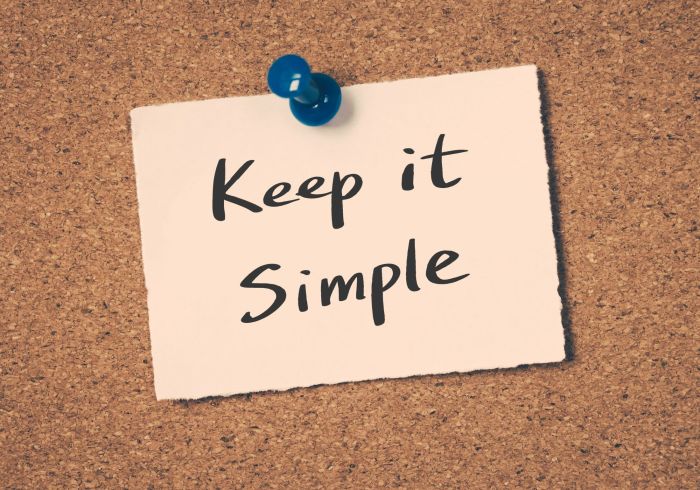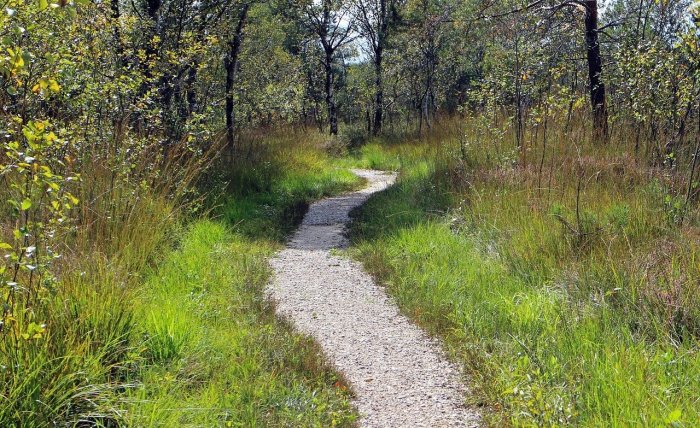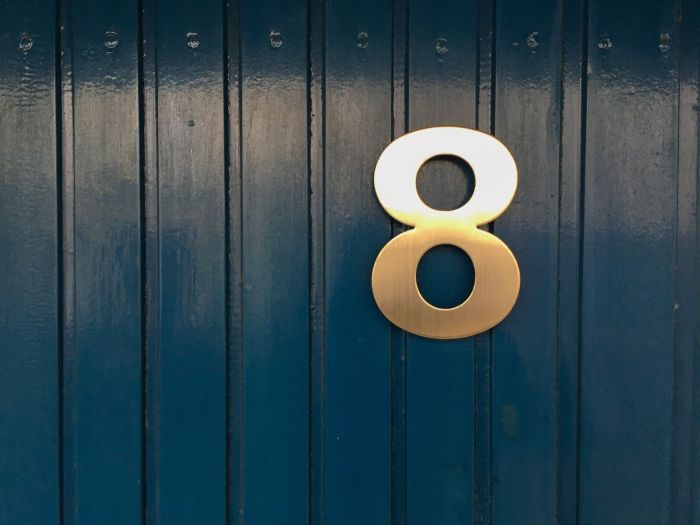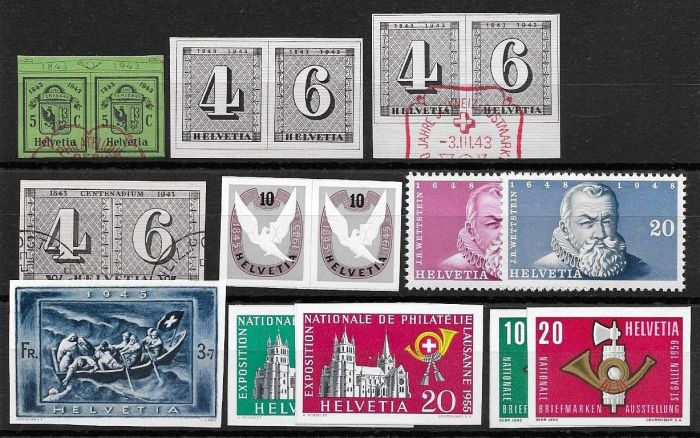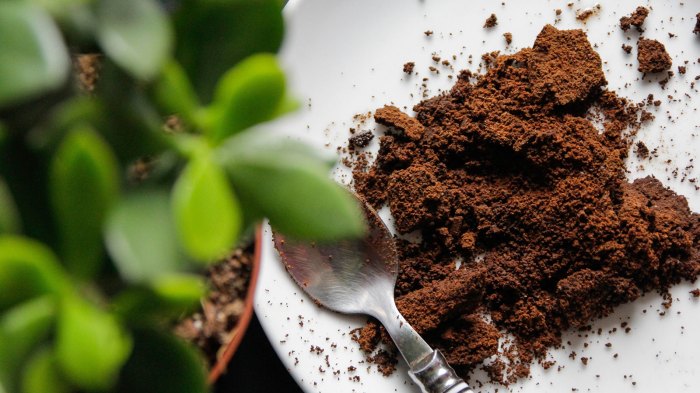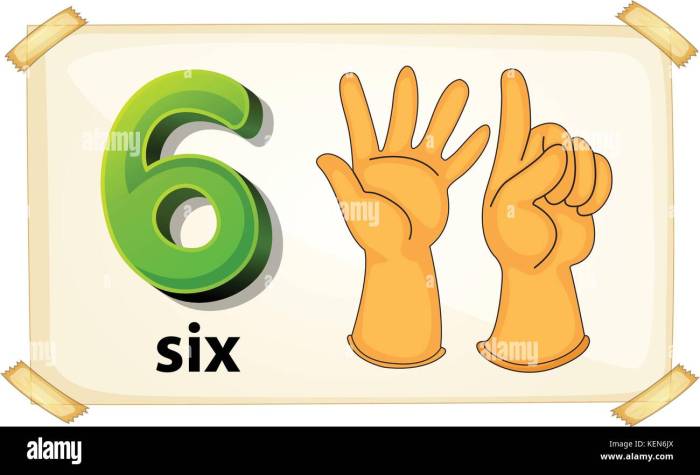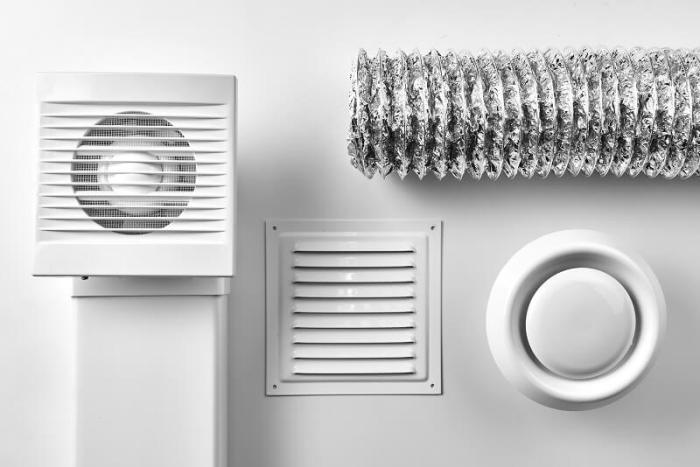Top 5 benefits of decorative concrete floor for your home and business. Imagine a stunning, durable, and surprisingly affordable floor that elevates your space. This versatile material, available in a wide array of styles, offers a captivating blend of aesthetics and practicality. From its timeless appeal to its impressive longevity, decorative concrete flooring is a game-changer for both residential and commercial properties.
Learn about the top five reasons why this remarkable option should be at the top of your list.
This exploration dives deep into the multifaceted nature of decorative concrete, from its impressive aesthetic possibilities to its surprisingly low maintenance. We’ll examine the various finishes, their unique pros and cons, and the remarkable durability that sets it apart. We’ll also touch upon cost-effectiveness and environmental considerations to provide a comprehensive overview.
Introduction to Decorative Concrete Flooring
Decorative concrete flooring is a versatile and durable alternative to traditional flooring materials like tile, hardwood, or laminate. It’s a modern take on concrete, transforming the raw material into a visually appealing and highly functional surface. This approach allows for customization and creativity in design, making it a popular choice for both residential and commercial spaces.This approach involves modifying the basic concrete mix and applying various techniques to achieve different aesthetic effects.
From subtle stains to bold patterns, decorative concrete provides a wide array of possibilities for creating unique and personalized spaces. The possibilities are endless, from a sleek, modern look to a rustic, industrial feel.
Types of Decorative Concrete Finishes
Decorative concrete encompasses a spectrum of finishes, each with its own distinct characteristics and applications. These finishes range from simple staining to intricate stamping and polishing. Understanding these different approaches is key to selecting the perfect finish for your project.
- Stamped Concrete: This technique involves using molds or stamps to create patterns or textures in the wet concrete. The patterns can range from natural stone to intricate designs, allowing for a wide array of visual possibilities. For instance, a stamped concrete patio might mimic the look of flagstone, adding a touch of natural beauty to the outdoor space.
- Stained Concrete: Applying various stains to the concrete surface is a popular way to achieve a unique color palette. Stains can be applied in a single color, or a mix of colors to create an even more dramatic effect. For example, a stained concrete countertop in a kitchen can provide a distinctive color that coordinates with the rest of the design scheme.
- Polished Concrete: This finish involves grinding and polishing the concrete surface to a high sheen, resulting in a smooth, glossy look. The process can be complex, requiring specific equipment and expertise. This method often highlights the natural beauty of the concrete itself. It’s common in modern minimalist designs, showcasing the raw material’s aesthetic.
- Acid-Stained Concrete: This process involves applying an acid solution to the concrete surface to etch it and create a unique, textured appearance. The depth and intensity of the etching can be controlled to create a wide range of visual effects. A striking example would be an acid-stained concrete floor in a warehouse or industrial space.
Historical Context and Evolution
Decorative concrete has a long history, evolving from simple applications to the sophisticated techniques used today. Initially, concrete was primarily used for structural purposes, but its aesthetic potential was gradually recognized.
- Early applications often focused on using concrete as a raw material, with little attention to its decorative aspects. However, as building techniques advanced, so did the desire to create visually appealing concrete surfaces.
- The introduction of specialized tools and techniques allowed for more complex and intricate designs, opening the door to a wider range of aesthetic possibilities. The rise of concrete design also coincided with the growth of industrial design and the need for durable and aesthetically pleasing flooring options.
- Modern decorative concrete techniques blend functionality with artistry, creating surfaces that are both durable and beautiful. The use of advanced materials and techniques allows for precise control over color, texture, and pattern, further enhancing the possibilities.
Materials Commonly Used in Decorative Concrete
A variety of materials are used in the creation of decorative concrete. The specific materials used depend on the desired finish and the intended application.
- Concrete: The base material, concrete, forms the foundation of any decorative concrete project. The type of cement, aggregate, and admixtures can affect the final result. Different grades of concrete may be used for specific applications.
- Stains: Various stains are used to color the concrete, offering a broad spectrum of shades and tones. These stains can be tinted, or even patterned to create unique looks. Examples include epoxy-based and penetrating stains.
- Additives: Additives are used to alter the concrete’s texture, workability, or color. These can include pigments, fibers, and polymers. They can dramatically change the properties and aesthetics of the final product.
- Stamping/Moulding Tools: Molds and stamps are essential for creating patterned decorative concrete. The variety of tools available allows for customized designs. The design choices are limited only by the tools and the creativity of the installer.
Comparison of Decorative Concrete Finishes
| Finish Type | Pros | Cons |
|---|---|---|
| Stamped Concrete | Creates unique patterns and textures, customizable designs, durable | Can be more expensive than other finishes, requires skilled labor |
| Stained Concrete | Wide range of colors and effects, relatively affordable, allows for customization | May require multiple coats for desired effect, stain can fade over time |
| Polished Concrete | High-gloss finish, durable, enhances natural beauty of concrete | Can be more expensive than other finishes, requires specialized equipment and labor |
| Acid-Stained Concrete | Creates unique, textured appearance, cost-effective | Can be challenging to maintain, requires careful application |
Aesthetic Appeal and Design
Decorative concrete offers unparalleled flexibility in design, transforming plain concrete into a stunning focal point. Its inherent adaptability allows it to seamlessly integrate with various architectural styles, from the sleek minimalism of modern homes to the warm, rustic charm of country estates. This versatility extends to both residential and commercial spaces, enabling designers to tailor the aesthetic to match the specific needs and preferences of the project.The beauty of decorative concrete lies not only in its ability to mimic other materials but also in its capacity to create entirely unique and captivating designs.
This makes it an excellent choice for those seeking a truly personalized and distinctive aesthetic for their home or business. Different patterns and textures, coupled with skillful color palettes, can evoke a range of moods and atmospheres, from tranquil serenity to vibrant energy.
Versatility of Design Styles
Decorative concrete effortlessly blends with diverse design aesthetics. Its smooth, polished finish complements modern interiors, while textured finishes like exposed aggregate or stamped concrete evoke a rustic or traditional ambiance. Contemporary designs often incorporate geometric patterns and bold color combinations to create striking visual statements.
Impact of Patterns and Textures
The visual impact of decorative concrete is significantly influenced by the chosen patterns and textures. Smooth, polished surfaces create a sleek, contemporary look, while textured patterns like exposed aggregate or imprinted designs offer a more rustic or traditional feel. Geometric patterns add a modern touch, while natural stone-look patterns can evoke the warmth and character of natural materials.
Intricate stamped patterns can be used to create custom designs, further enhancing the uniqueness of the space.
Enhancing Ambiance
Decorative concrete can profoundly influence the ambiance of a space. A polished concrete floor in a minimalist home can create a sense of spaciousness and elegance, while a textured, rustic design can evoke a cozy and inviting atmosphere in a country home. In a commercial setting, the use of decorative concrete can create a sophisticated and professional environment.
Bold colors and patterns can add energy and excitement, while neutral tones can create a sense of calm and serenity.
Influence of Color Palettes
Color palettes play a crucial role in defining the overall aesthetic appeal of decorative concrete flooring. Neutral tones like greys, beiges, and creams create a calming and versatile backdrop for various design styles. Warm tones like terracotta or burnt orange add a cozy and inviting feel, perfect for residential spaces. Bold colors like deep blues or vibrant greens can create a dramatic and energizing ambiance in commercial settings.
The careful selection of colors can dramatically alter the mood and character of a room or space.
Decorative Concrete Patterns
| Pattern Type | Residential Space Example | Commercial Space Example |
|---|---|---|
| Polished Concrete | Modern kitchen with minimalist design | Sophisticated office space with clean lines |
| Exposed Aggregate | Rustic farmhouse with natural materials | Industrial-style warehouse or factory |
| Stamped Concrete | Custom designs mimicking stone or brick | Branding elements incorporated into floor patterns |
| Geometric Patterns | Contemporary living room with bold statements | High-traffic commercial areas with visually appealing designs |
| Natural Stone Look | Warm and inviting living room or dining area | Retail store with an emphasis on natural aesthetics |
Durability and Maintenance
Decorative concrete flooring is renowned for its exceptional durability and low maintenance requirements. This makes it an attractive choice for both residential and commercial applications. Its resilience to stains, scratches, and impacts ensures long-term beauty and minimal upkeep. This strength and ease of care are key factors in its growing popularity.
Exceptional Resistance to Damage
Decorative concrete boasts remarkable resistance to a variety of stresses. Its inherent strength makes it highly resistant to stains, scratches, and impacts. This resilience is a significant advantage over many other flooring options, especially in high-traffic areas. The concrete’s composite nature, often reinforced with fibers, contributes significantly to its ability to withstand substantial physical stress. This makes it an ideal choice for homes with pets, children, or heavy foot traffic.
Think of a busy restaurant or a home with rambunctious kids; decorative concrete is designed to endure.
Longevity and Value
The durability of decorative concrete translates directly into longevity. Compared to other flooring materials like wood or vinyl, decorative concrete floors often last significantly longer. Proper maintenance and sealing can extend its lifespan even further, offering substantial value over time. The initial investment in decorative concrete flooring often proves to be cost-effective in the long run due to its longevity and low maintenance.
This long-term value is a major factor driving its popularity in both residential and commercial applications.
Low-Maintenance Cleaning and Upkeep
Decorative concrete is incredibly low-maintenance, requiring minimal cleaning and upkeep. Its non-porous nature makes it resistant to moisture absorption, limiting the potential for staining. This inherent characteristic simplifies cleaning routines. A quick sweep or mop is often all that’s needed to maintain its pristine appearance. This is a considerable advantage over other flooring types that require more extensive cleaning and maintenance procedures.
Practical Maintenance Tips, Top 5 benefits of decorative concrete floor for your home and business
Regular maintenance is key to preserving the beauty and durability of your decorative concrete floor. Prompt cleaning of spills and stains is essential to prevent permanent damage. Using appropriate cleaning solutions is crucial to avoid compromising the concrete’s integrity or the decorative finish. The application of sealants, if recommended by the installer, is also essential to maintain its water-resistance and longevity.
These simple steps will ensure your decorative concrete floor remains beautiful and functional for many years.
Cleaning Methods for Decorative Concrete
Proper cleaning methods are crucial for maintaining the integrity and aesthetics of decorative concrete floors. The following table Artikels suitable cleaning methods, highlighting the importance of choosing appropriate solutions and techniques.
Looking for top 5 benefits of decorative concrete floors? They’re incredibly durable and low-maintenance, perfect for both homes and businesses. But before you get carried away, consider this: “What item truly brings me joy?” This simple question, as outlined in this post about decluttering, one question to help you successfully declutter anything , can surprisingly apply to choosing the right flooring.
Ultimately, a beautiful, functional concrete floor adds lasting value to your space, regardless of whether you’re decluttering or not.
| Cleaning Method | Description | Suitable for |
|---|---|---|
| Sweeping/Vacuuming | Removes loose debris and dirt. | Daily maintenance, light soiling. |
| Mop Cleaning | Use a damp mop with a neutral cleaner. | General cleaning, moderate soiling. |
| Specialized Cleaning Solutions | Use concrete-specific cleaners for tougher stains. | Removing stains like oil, grease, or stubborn marks. |
| Pressure Washing | Use low-pressure settings to avoid damage. | Removing dirt and grime from outdoor areas. |
Cost-Effectiveness and Value: Top 5 Benefits Of Decorative Concrete Floor For Your Home And Business

Choosing a flooring material is a significant decision, impacting both your initial investment and the long-term value of your property. Decorative concrete offers a compelling balance of aesthetics, durability, and affordability, making it a strong contender against traditional flooring options. Its inherent resilience and design versatility contribute to its long-term cost-effectiveness.
Initial Cost Comparison
Compared to other flooring materials, decorative concrete often presents a more budget-friendly initial cost. While the price varies based on design complexity and installation, it frequently undercuts the expenses associated with hardwood, porcelain tile, or luxury vinyl plank. For instance, a simple concrete slab with a standard stain might cost significantly less than a comparable area of high-end hardwood or tile.
Looking for top 5 benefits of decorative concrete floors? They’re seriously amazing! From the durability to the aesthetic options, they’re a winner. But, you know, sometimes you gotta plan for the unexpected. Learning how to get what you want quickly but still be okay if you don’t, like in how to get what you want asap but still be okay if you dont , can help you make the best decisions.
Ultimately, decorative concrete floors offer a fantastic, low-maintenance option for any space.
However, the cost difference can be more pronounced for more intricate designs, elaborate finishes, and customized installations.
Long-Term Value Proposition
Beyond the initial investment, decorative concrete excels in long-term value. Its remarkable durability and longevity translate into substantial savings over the life of the floor. The inherent resilience of concrete minimizes the need for costly repairs or replacements, reducing ongoing maintenance costs. A well-maintained decorative concrete floor can last for decades, outperforming other flooring options that may require periodic replacements or significant refinishing.
Increasing Property Value
Decorative concrete can significantly enhance the value of a property. Its aesthetic appeal and resilience are highly desirable qualities that attract potential buyers. A beautifully designed and installed decorative concrete floor can make a property more desirable in the marketplace, potentially leading to a higher sale price. Furthermore, the low maintenance nature of decorative concrete is a strong selling point, as it reduces the ongoing costs associated with upkeep for potential buyers.
Thinking about upgrading your home or business with a stunning floor? Decorative concrete offers a ton of benefits, from its durability and low maintenance to its customizable looks. But did you know that some people are also turning to Japanese teas, like the ones discussed in why a lot of people are trying this Japanese tea to lose weight , for their health goals?
Ultimately, a beautiful and functional concrete floor is a great choice for any space, blending style and practicality seamlessly.
Factors Influencing Installation Cost
Several factors influence the total cost of decorative concrete installation. The complexity of the design, the required preparation of the subfloor, the choice of finishes and colors, and the labor costs associated with installation all play a significant role. Specialized finishes like polished concrete or stamped concrete often command a higher price than a simple stained finish.
Estimated Installation Costs
| Finish Type | Estimated Cost per Square Foot (USD) |
|---|---|
| Standard Stained Concrete | $5 – $10 |
| Stamped Concrete | $8 – $15 |
| Colored Concrete | $7 – $12 |
| Polished Concrete | $10 – $20 |
| Epoxy Concrete | $12 – $25 |
Note: These are estimated costs and can vary based on location, labor costs, and the specific requirements of the project.
Practical Applications and Versatility
Decorative concrete isn’t just a pretty face; its versatility extends far beyond aesthetic appeal. Its durability and low maintenance requirements make it a practical choice for a wide range of applications, from bustling commercial spaces to cozy residential settings. From kitchens to patios, garages to high-traffic areas, decorative concrete shines in its ability to adapt and enhance any environment.This adaptability is rooted in its inherent strength and ability to mimic various textures and finishes.
Whether you desire a sleek, modern look or a rustic, aged appearance, decorative concrete can achieve it. This versatility makes it an excellent choice for both residential and commercial projects, where aesthetics and practicality must meet.
Residential Applications
Decorative concrete’s low-maintenance nature and design flexibility make it an ideal choice for residential spaces. Its ability to withstand wear and tear in high-traffic areas like entryways and hallways is a significant benefit. Furthermore, the ability to create unique and visually appealing surfaces adds a personalized touch to any home.
- Kitchens: Durable and easy-to-clean, decorative concrete can transform kitchen floors into a stunning focal point. Its resistance to moisture and stains makes it particularly well-suited for this area, while its variety of finishes can complement any kitchen design style.
- Bathrooms: With proper sealing, decorative concrete can also be used in bathrooms, providing a unique and non-slip surface. The aesthetic options are wide, allowing for a tailored design that aligns with the bathroom’s overall theme.
- Garages: The ability to handle heavy traffic and potential spills makes decorative concrete an excellent choice for garages. Its strength can withstand heavy equipment and resist damage from oil or other common garage contaminants.
- Outdoor Patios: Creating a durable and visually appealing outdoor space is easier with decorative concrete. Its resistance to weather elements, including frost, extreme temperatures, and UV rays, makes it a practical and long-lasting option for patios.
Commercial Applications
The durability and aesthetic appeal of decorative concrete make it an attractive option for commercial spaces. Its ability to withstand high foot traffic and harsh conditions makes it suitable for a variety of business environments.
| Commercial Setting | Potential Uses of Decorative Concrete |
|---|---|
| Retail Stores | Creating visually appealing floors, showcasing products, and providing a durable surface for customers. |
| Restaurants | Providing a clean, durable, and aesthetically pleasing floor that can withstand spills and heavy traffic. |
| Offices | Offering a sophisticated and professional look for reception areas and common spaces. |
| Hotels | Adding a touch of elegance to lobbies and hallways while providing a high-quality and long-lasting surface. |
| Warehouses | Creating a durable and functional floor that can withstand heavy equipment and materials. |
High-Traffic Areas
Decorative concrete’s exceptional strength and durability make it ideal for high-traffic areas. Its ability to withstand heavy foot traffic, repeated impacts, and the wear and tear of daily use makes it a superior choice for areas experiencing significant use. This resilience is a critical factor in maintaining a professional and aesthetically pleasing space in any commercial setting.
- Retail Environments: The high volume of customers in retail settings demands a floor that can withstand significant foot traffic and potential spills. Decorative concrete is perfectly suited for these environments.
- Restaurants: The constant flow of people and potential food spills necessitate a floor that is both durable and easy to clean. Decorative concrete, with its inherent resistance to stains and its ability to maintain a visually appealing aesthetic, is an excellent option for restaurants.
- Public Spaces: In public spaces, the durability and maintenance-free characteristics of decorative concrete are vital. Its ability to endure frequent use and weathering is a major advantage in these situations.
Unique Design Possibilities
The versatility of decorative concrete extends to the creation of unique and visually appealing spaces. From intricate patterns and textures to the ability to mimic other materials like stone or wood, decorative concrete can truly transform any area.
- Custom Patterns: Decorative concrete allows for the creation of unique and custom patterns, transforming a space from ordinary to extraordinary.
- Textured Surfaces: From subtle stippling to bold embossing, decorative concrete allows for the creation of textured surfaces, adding depth and visual interest to a space.
- Color Variations: A vast array of colors can be incorporated into decorative concrete, enabling the design of spaces with a personalized aesthetic.
Environmental Considerations
Decorative concrete offers a compelling alternative to traditional flooring materials, but its environmental impact is a crucial factor to consider. Understanding the resource consumption, waste generation, and recyclability of concrete is vital for making informed choices. This section delves into the eco-friendly aspects of decorative concrete and compares it to other flooring options.The production of concrete, in general, involves significant resource consumption, primarily from the extraction of raw materials like limestone, sand, and gravel.
However, the process of producing decorative concrete, including the addition of pigments and finishes, can have varying environmental impacts. Recycling existing concrete is a key factor in mitigating this impact.
Sustainability of Decorative Concrete
The sustainability of decorative concrete hinges on several factors, including the sourcing of raw materials, the production process, and the end-of-life management of the concrete. Sustainable practices throughout the entire lifecycle of the product are crucial for reducing its overall environmental footprint. Concrete, when properly recycled, can be reused in various applications, minimizing waste and conserving natural resources.
Recyclability of Concrete Materials
Concrete is a highly recyclable material. Crushed concrete can be used as aggregate in new concrete mixes, reducing the need for extracting fresh materials. Proper sorting and processing of construction and demolition waste containing concrete components are essential to ensure its successful recycling. This recycling process reduces landfill burden and conserves valuable resources.
Eco-Friendly Alternatives for Decorative Concrete
Several eco-friendly alternatives to traditional decorative concrete exist. Recycled content concrete, using reclaimed materials, can significantly reduce the environmental impact. Bamboo flooring, cork, and reclaimed wood offer sustainable alternatives that are both aesthetically pleasing and environmentally sound. These materials often have shorter life cycles and lower embodied energy than concrete.
Environmental Impact Comparison
Comparing the environmental impact of decorative concrete to other flooring options involves evaluating factors like resource consumption, waste generation, and embodied energy. For example, natural stone flooring often requires significant transportation, and its extraction can cause environmental damage. Wood flooring relies on responsible forestry practices for sustainability. Ultimately, the environmental impact depends on the specific materials used and the manufacturing processes employed.
Eco-Friendly Aspects of Decorative Concrete
| Eco-Friendly Aspect | Impact on the Environment |
|---|---|
| Recyclability | Reduces landfill waste and conserves resources. |
| Reduced embodied energy (compared to some materials) | Lower carbon footprint in production. |
| Durability | Reduces the need for frequent replacement, lowering material consumption over time. |
| Potential for using recycled aggregates | Minimizes the need for extracting new materials. |
| Reusability | Can be reused in new applications, reducing the overall impact. |
Ending Remarks
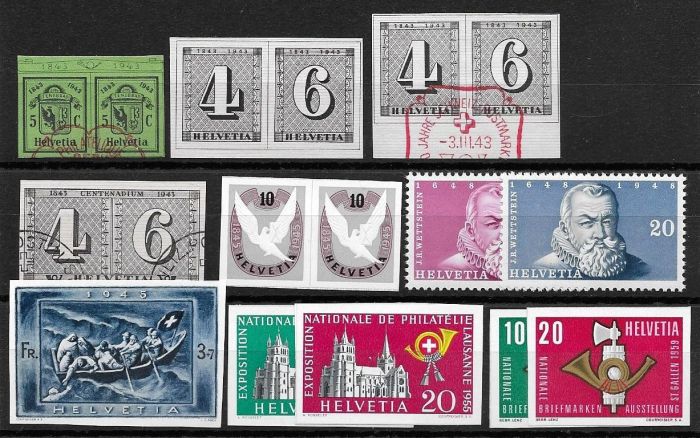
In conclusion, decorative concrete flooring emerges as a compelling choice for both homeowners and business owners. Its blend of aesthetic appeal, durability, and cost-effectiveness makes it a true winner. From the timeless beauty of a polished finish to the rustic charm of a stamped design, decorative concrete allows you to create a truly unique space that reflects your personal style.
Ultimately, it’s a practical and stylish investment that enhances both the value and appeal of your property.

